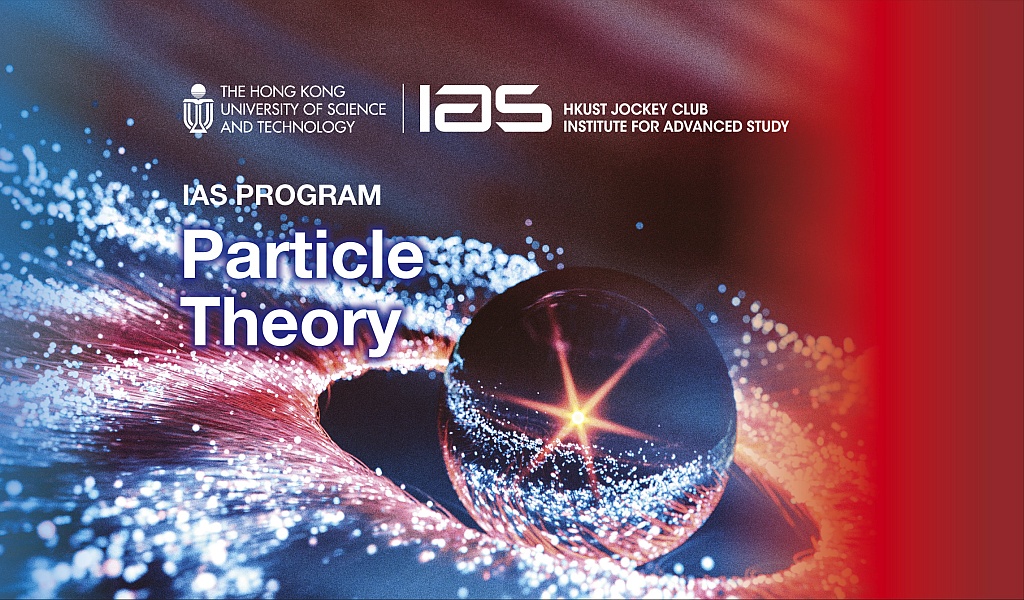Higgs Sector Characterization and Aspects of the Flavor Puzzle
Abstract
The Standard Model (SM) of particle physics stands as our most successful description of the interactions between elementary particles so far. The discovery of a Higgs boson at the LHC marked its ultimate confirmation. However, various observational and theoretical problems lie in the heart of the SM, with the majority of them linked to the Higgs sector.
Being a scalar, the Higgs boson is subject to very large radiative corrections and this ultimately leads to the hierarchy problem. One of the main goals of the LHC program is to precisely probe the Higgs sector, in order to characterize the mechanism at the origin of the breaking of the electroweak symmetry and test possible solutions to the hierarchy problem. The SM Higgs sector is also responsible for the generation of the fermion masses, the Yukawa sector is however highly hierarchical and this leads to flavor puzzles in theories beyond the SM.
The first part of this presentation is dedicated to the precise characterization of the Higgs sector. In particular, the public tool Lilith is presented, it allows to derive constraints on new physics models based on the Higgs measurements in colliders. Global fits in the context of simple scenarios are presented. In the second part, the alignment limit (without decoupling) of two-Higgs-doublet models is discussed and its phenomenology is studied in detail in the light of the first LHC run results. In the last part of this talk, the Minimal Flavor Violation hypothesis is introduced as a possible solution to the flavor puzzles beyond the SM. Enforcing it in the Minimal Supersymmetric Standard Model as an alternative to R-parity, a renormalisation group evolution study of the baryonic number violating couplings is performed.
About the program
For more information, please refer to the program website http://iasprogram.ust.hk/particle_theory for details.



